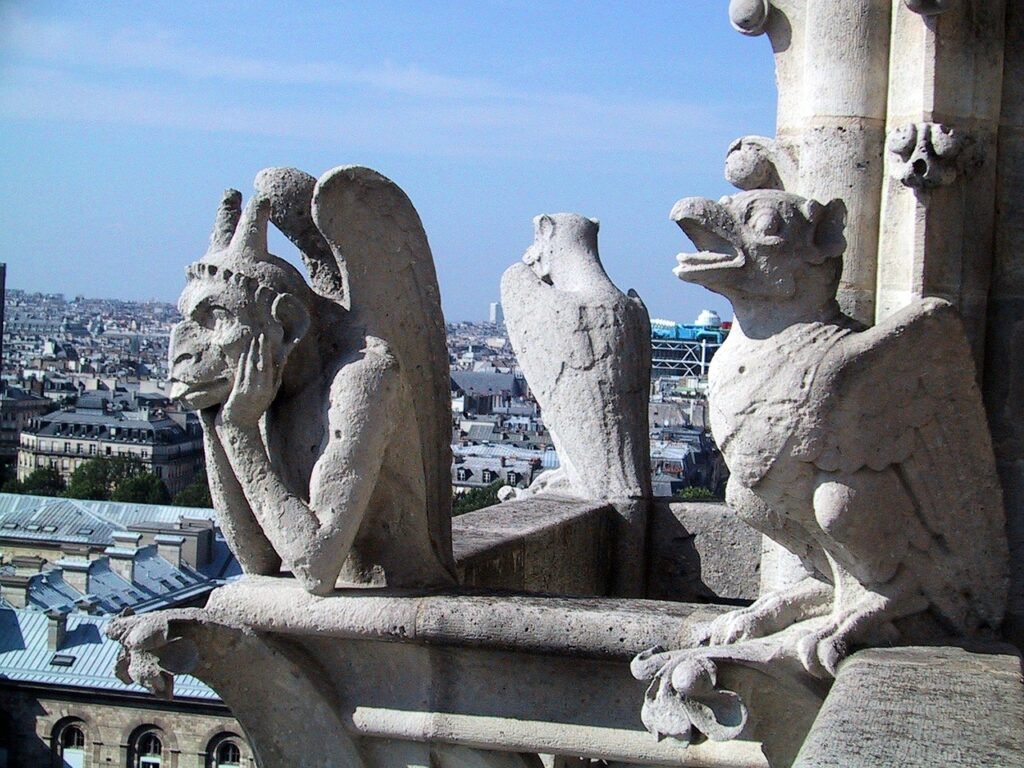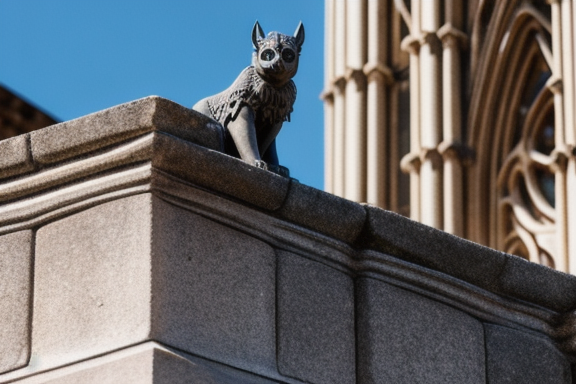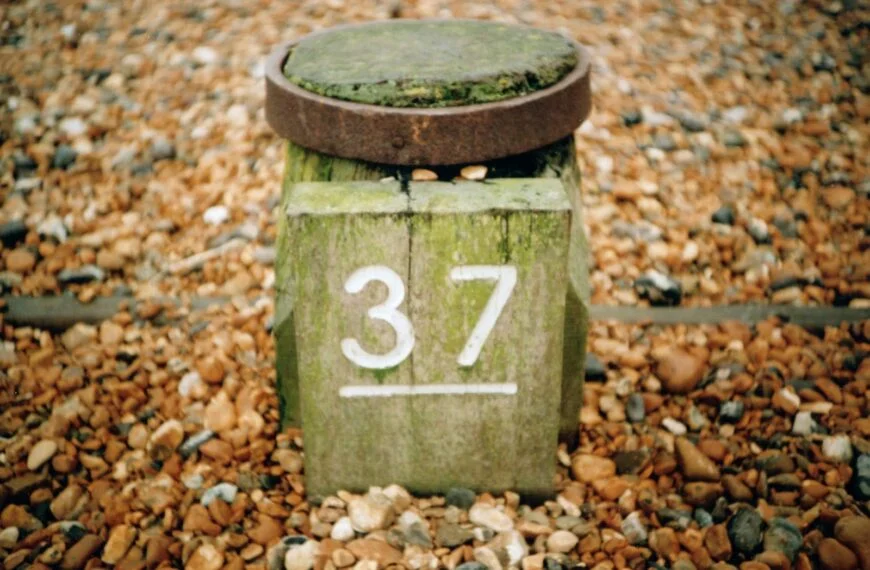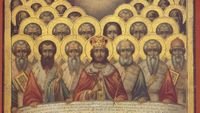
The History of Gargoyles
Gargoyles have a rich and fascinating history, spanning centuries and encompassing various cultures and architectural styles. Their origins can be traced back to ancient architecture, where they served both functional and symbolic purposes. In medieval Christianity, gargoyles took on a new significance as they became intricately linked to religious symbolism. Later, during the Gothic revival in architecture, gargoyles experienced a resurgence as they adorned cathedrals and buildings with their grotesque yet captivating presence.
Origins in Ancient Architecture
In ancient times, gargoyles were commonly found in Greek and Roman architecture. They were often used as decorative water spouts, directing rainwater away from buildings to prevent erosion. The word “gargoyle” itself derives from the French word “gargouille,” meaning throat or gullet, reflecting their practical function.
These early gargoyles took the form of animal or mythical creature heads and were typically placed on the roofs or facades of buildings. They served as both functional drainage systems and decorative elements, adding a touch of whimsy and personality to the structures.
Symbolism in Medieval Christianity
During the medieval period, gargoyles became closely associated with Christianity, particularly in Gothic architecture. They were believed to have a protective role, warding off evil spirits and symbolizing the eternal struggle between good and evil.
Their grotesque and monstrous appearances were thought to scare away demons and serve as a visual reminder of the consequences of sin. Gargoyles were often crafted in the form of animals, mythical creatures, or hybrid beings, such as dragons, lions, and chimeras. These fantastical creatures were not only fascinating to behold but also conveyed moral lessons and theological concepts.
One of the most famous examples of gargoyles in medieval Christianity can be found in the Notre-Dame Cathedral in Paris. These gargoyles, including the iconic “Stryge” gargoyle, adorned the exterior of the cathedral, contributing to its grandeur and spiritual significance.
Revival in Gothic Architecture
After a period of decline, gargoyles experienced a revival during the Gothic architectural movement of the 12th to 16th centuries. Gothic cathedrals, with their towering spires and intricate stone carvings, provided the perfect canvas for the inclusion of gargoyles. These architectural marvels showcased the skill and creativity of artisans, who transformed stone into fantastical creatures that seemed to come alive.
The presence of gargoyles in Gothic architecture was not limited to cathedrals. They could also be found on castles, universities, and other significant buildings of the time. Each gargoyle was meticulously designed and carved, with unique expressions and details that added character to the structure.
Gargoyles continue to captivate and intrigue people to this day. They stand as testaments to the creativity and imagination of human beings, as well as reminders of our collective history and cultural heritage. Whether they are seen as guardians, symbols of faith, or simply architectural adornments, gargoyles have left an indelible mark on our architectural landscape and continue to inspire awe and wonder.
The Symbolism of Gargoyles
Gargoyles have long captivated the imagination with their intriguing and often menacing presence atop ancient and medieval structures. While their grotesque appearance may initially seem off-putting, these architectural elements hold deep symbolic meaning, particularly within the context of religious and spiritual beliefs.
Guardians Against Evil: One of the primary symbolic roles of gargoyles is their function as guardians against evil forces. In medieval Christianity, gargoyles were believed to repel malevolent spirits and protect the sacred spaces they adorned. These fantastical creatures were thought to possess the power to ward off evil influences and maintain the sanctity of churches, cathedrals, and other religious structures.
Repelling Negative Energies: Gargoyles were also seen as defenders against negative energies and influences. The grotesque figures were believed to act as a physical barrier, preventing any harmful energy from entering the sacred space. Their presence was thought to create a protective aura, ensuring that only positive and pure energies could permeate the area.
Protectors of Sacred Spaces: Another important aspect of gargoyle symbolism is their role as protectors of sacred spaces. These stone creatures were not merely decorative ornaments but were believed to be living guardians, ever vigilant in their watch over the church or cathedral they adorned. Their imposing presence served as a visual reminder of the divine protection bestowed upon the sacred space and its worshippers.
It is important to note that while gargoyles played a significant role in medieval Christianity, their symbolism predates the Christian era. The origins of these architectural elements can be traced back to ancient civilizations such as the Egyptians and Greeks, where similar grotesque figures were used to decorate buildings and ward off evil spirits.
The revival of gargoyle usage in Gothic architecture during the Middle Ages further solidified their symbolic significance. Gothic architects incorporated gargoyles into their designs not only for their functional purpose of redirecting rainwater away from the building but also for their powerful symbolic presence.
In conclusion, gargoyles serve as powerful symbols of protection, guardianship, and spiritual defense. Their grotesque appearance and presence atop sacred structures are a testament to the belief in their ability to repel evil forces, ward off negative energies, and safeguard the sanctity of the spaces they adorn.
Controversies and Misconceptions
While gargoyles have a rich history and symbolism in various cultures, they have also been subject to controversies and misconceptions over the years. Let’s explore some of these controversies and shed light on the truth.
Association with Demonic Imagery
One of the most common misconceptions about gargoyles is their association with demonic imagery. This misconception likely stems from the grotesque and monstrous appearance of some gargoyles. However, it is important to note that gargoyles themselves do not represent evil or demonic forces in the Bible or Christian tradition.
**In fact, gargoyles were originally created as architectural features on churches and cathedrals to serve practical purposes.** Their primary function was to divert rainwater away from the building’s walls, protecting the structure from water damage. The grotesque appearance of gargoyles served a secondary purpose of warding off evil spirits by depicting mythical creatures and fantastical beings.
Modern Interpretations
In more modern interpretations, gargoyles have often been portrayed as protectors or guardians against evil. This concept has been popularized by various forms of media, including literature, movies, and television shows. **Gargoyles are often depicted as noble and heroic figures, defending sacred spaces from malevolent forces.** This modern interpretation has helped shift the perception of gargoyles from being associated with evil to being seen as symbols of protection.
Gargoyles in Popular Culture
Gargoyles have made their way into popular culture in various forms, including art, literature, and even as architectural details in modern buildings. **They have become iconic symbols of Gothic and medieval architecture, representing the craftsmanship and artistry of those periods.** The popularity of gargoyles can be seen in the numerous statues, figurines, and even collectible items featuring their distinctive and fascinating designs.
**Gargoyles have also inspired creativity in the entertainment industry, with the creation of animated television shows and movies centered around these mythical creatures.** These portrayals have further contributed to the modern interpretation of gargoyles as guardians and protectors, showcasing their noble and valiant qualities.
While controversies and misconceptions surrounding gargoyles exist, it is important to understand their historical context and original purpose. **Gargoyles were never intended to represent evil, but rather served practical and symbolic functions in architectural design.** Their transformation into symbols of protection and their enduring presence in popular culture highlight the enduring fascination and allure of these remarkable creatures.

Rockin’ the faith, one verse at a time!
Growing up, the Bible’s stories deeply impacted me. Now, with over 15 years of preaching experience, I blend timeless teachings with modern technology, making them relevant for today’s world.
Bible Hub Verse is my platform to share historical insights and thought-provoking articles, exploring both familiar and uncommon Christian topics. My passion is building a welcoming online space for everyone to learn, grow in their faith, and discover the Bible’s enduring message.
Join the journey!
God bless you.






